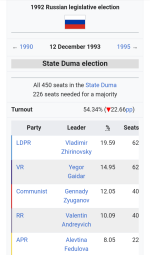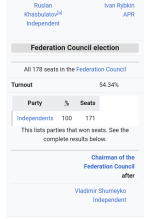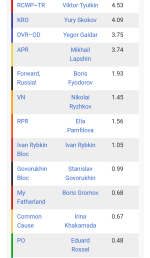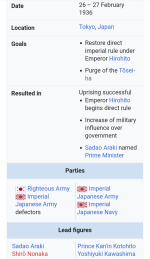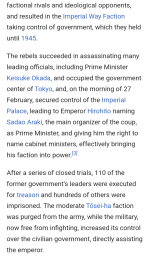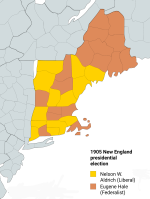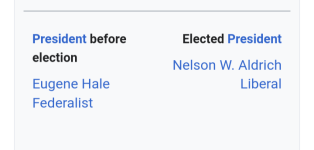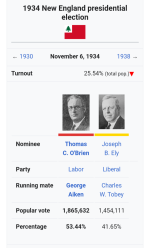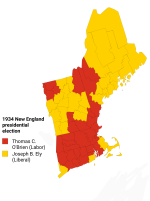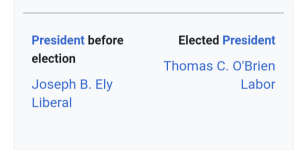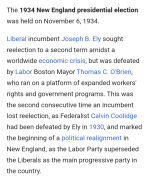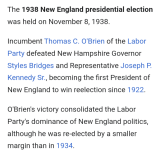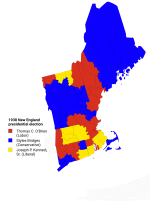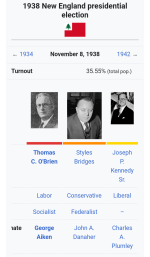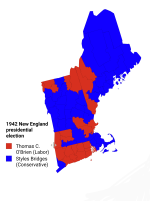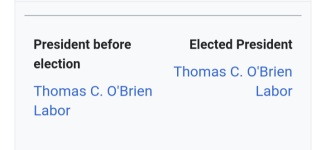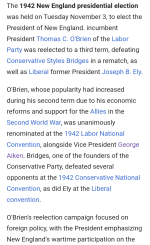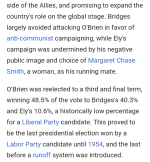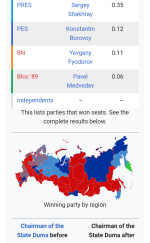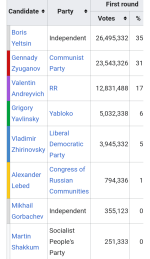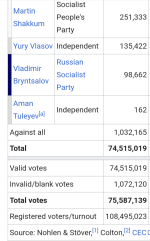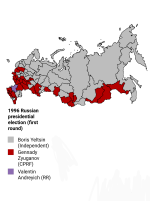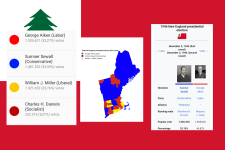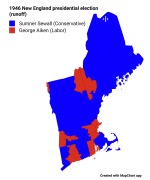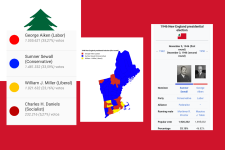Valentin Andreyich (1955–) is a Russian engineer and politician who is currently a Duma MP and leader of the A Just Russia party, originally created from a merger of Russian Reconstruction and other smaller parties.
Andreyich was born in Volgograd, to a Great Patriotic War veteran who died of alcoholism in 1975. He was a brilliant student and graduated from the Moscow Polytechnic University in 1978, joining the CPRF that same year; he claims to have privately opposed some of Brezhnev's policies at the time.
In 1983, Andreyich was elected to the Volgograd Soviet, where he made a name for himself by attacking corruption and expressing concern about the decaying quality of public services. Three years later, he successfully proposed a resolution to oust the city's mayor for corruption, and became the chairman of the local Soviet, a position he kept until resigning in 1990, and that made him well-known for the first time.
That same year, Andreyich informally proposed a series of 15 measures to "save" the Soviet Union, consisting of its transformation into a social market economy with a multi-party system, centralization and strong executive, to maintain Russian political tradition. His petition got over 350,000 signatures by May 1991, but Gorbachev, Yeltsin and the hardliners opposed the proposal, and the USSR collapsed on Christmas 1991.
On 14 January 1992, Andreyich, who was already seen as a rising star in Russian politics, and 150 other engineers, doctors, teachers and scientists founded the Russian Reconstruction political party, which supported "Social democracy with Russian characteristics", namely a strong and paternalistic central government, opposition to "Western values", and support for Russian ethnic minorities in other countries and Orthodox Christianity. The party strongly appealed to blue-collar workers, GPW veterans, Orthodox devotees, and people who hated the nomenklatura, surfing on this and Andreyich's popularity to finish fourth in seats and popular vote in the 1993 (not 1992) legislative elections, and second in the popular vote in the 1995 legislative elections, which showed Yeltsin and his reforms were heavily unpopular as the three parties with the most votes opposed him. Still, he decided to run for reelection.
Andreyich, leading the coalition Russian Reconstruction, which was composed of the eponymous party, Workers' Party for Self-Government, Civic League and several others, announced his candidacy for President of Russia in January 1996, with a speech in the former headquarters of the Volgograd Supreme Soviet. Polling showed him, Gennady Zyuganov of the CPRF and Vladimir Zhrinovsky of the LDPR as the favorites among the electorate.
Andreyich, accompanied by his wife, campaigned on the values he had stood for the previous six years, but polling showed the electorate viewed him as too young and inexperienced to lead a great power, and CPRF tactical voting came to hurt him; in the end, the 40-year-old who led the polls at one point ended up winning 17% of the vote and one federal subject. Andreyich endorsed Gennady Zyuganov during the second round, and enthusiastically campaigned for him.
Andreyich is nowadays a supporter of Vladimir Putin and the war in Ukraine.
